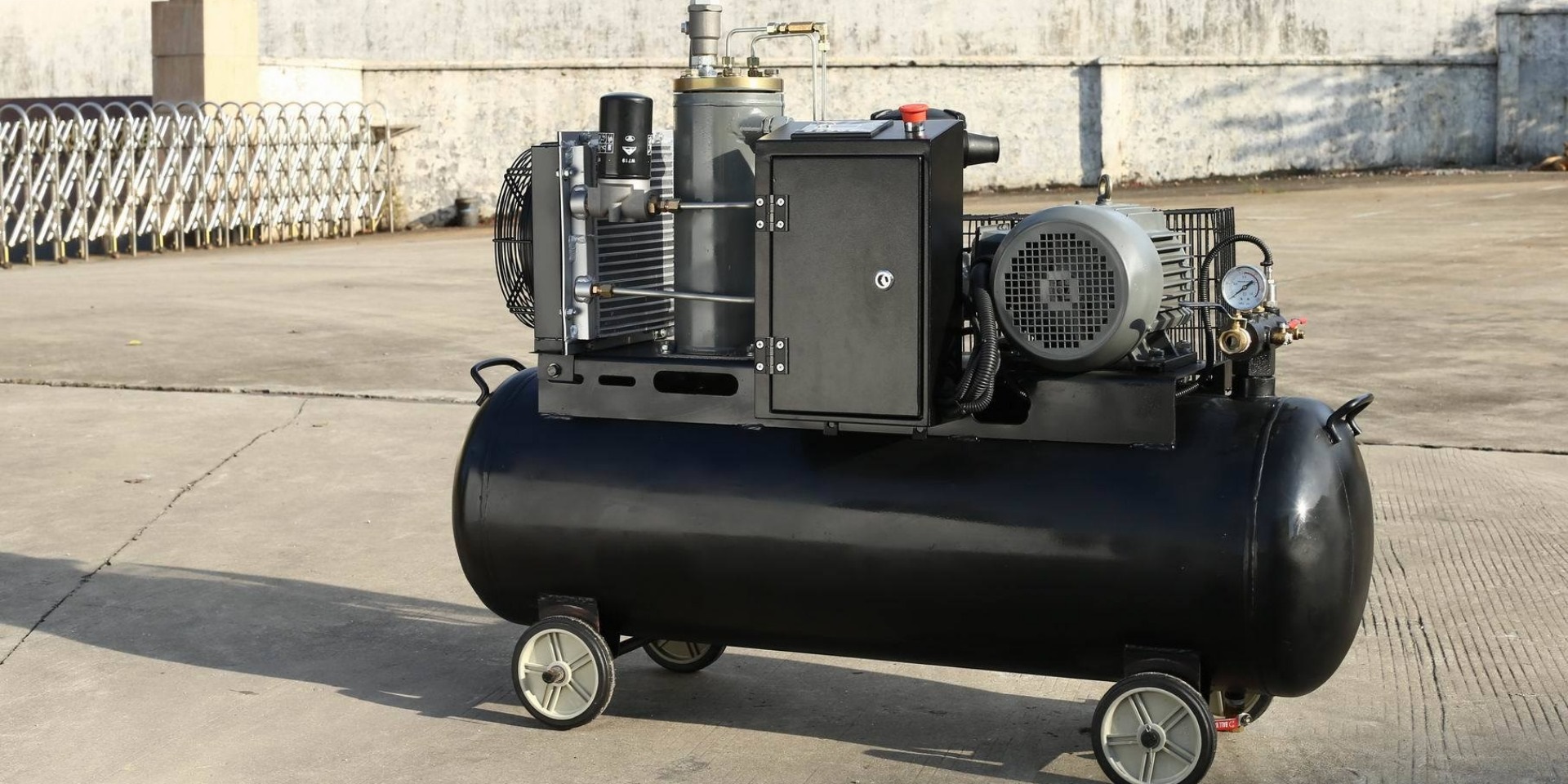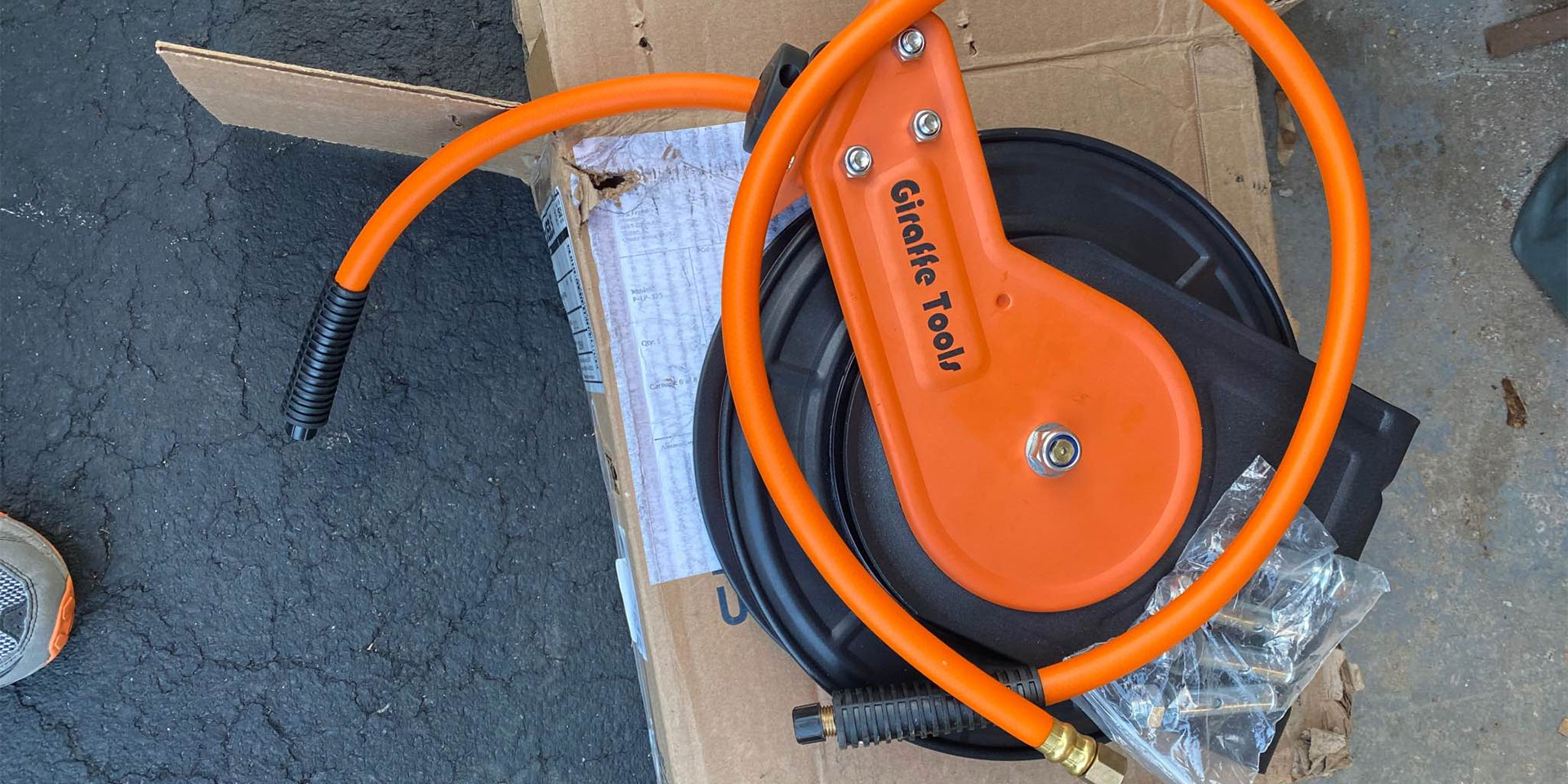If you want to connect your air compressor to the hose reel, first attach one end of the hose to the compressor. After that, connect the other end of the hose to the reel. Obviously, make sure that your hose is attached correctly to both devices to avoid loss during use.
Air
Purpose And Advantages Of a Pneumatic Hacksaw
If you’re looking for a versatile and powerful tool, a pneumatic hacksaw might be just the thing you need! However, it’s important to know how to use it safely and effectively before diving in. With the right knowledge, you’ll be able to tackle all sorts of projects with ease.
Best Retracting Air Hose Reel Reviews
Needless to mention, in case you are a true DIYer, then you certainly are aware of the usefulness of an air compressor for your place. A secure as well as properly arranged workshop environment is a must for the business.



